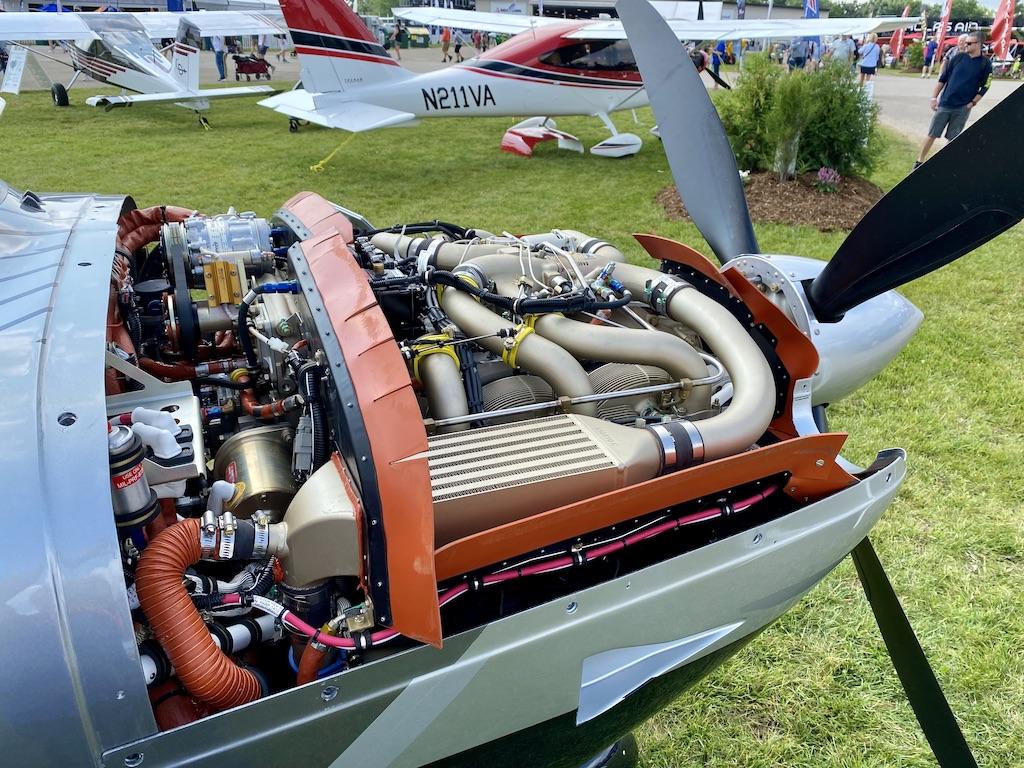
The Continental TSIO-550-K engine of a Cirrus SR22T was displayed at EAA AirVenture Oshkosh.
Credit: Bill Carey
Certain paper and technical modifications will have to be made to ensure that a new high-octane unleaded fuel works across the entirety of the U.S. piston-engine aircraft fleet, says the developer of a leading fuel candidate. “There is no such thing as a drop-in unleaded fuel to replace 100 Low Lead...
Subscription Required
This content requires a subscription to one of the Aviation Week Intelligence Network (AWIN) bundles.
Schedule a demo today to find out how you can access this content and similar content related to your area of the global aviation industry.
Already an AWIN subscriber? Login
Did you know? Aviation Week has won top honors multiple times in the Jesse H. Neal National Business Journalism Awards, the business-to-business media equivalent of the Pulitzer Prizes.





